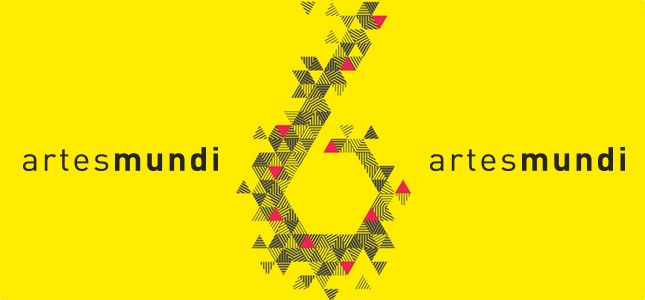
The bi-annual art prize exhibition opened to the public on the 24th of October 2014 and will run until the 22nd of February 2015, and we can’t recommend going to see it enough. The short run window doesn’t really give you all that much time to get to see the works of the ten artists that have made it into the competition, so drop everything, get yourself over to the Welsh capital city and get set for one of the best contemporary art exhibitions on display at the moment.
Artes Mundi 6 is free to the public, which in itself is an amazing reality considering how expensive similar exhibitions can be in other big cities like London. The National Museum Cardiff is open from 10am to 5pm between Tuesdays and Sundays, but the galleries close at 4:45pm, so our tip is to make sure you leave enough time to get around and see everything before it closes it’s doors to avoid being kicked out mid way through some full-tilt contemplation.
The layout of the exhibition is a twisting and sideways stepping series of large gallery rooms, each leading onto the work of a different artist, and a whole new philosophy of artistic output. The variety that’s become synonymous with Artes Mundi is a big part of the sixth entry in the competition’s history with everything from painting and superstructure internal architecture to sculpture and high production value film.
While there isn’t a single element of the exhibition that isn’t enthralling in one way or another, our favourite item included in the display is the disturbingly surreal video called Continuity by Omer Fast. The 40 minute HD dramatisation starts out with a seemingly innocent return of a soldier to his family home, greeting his parents at a train station and returning with them to what we assume to be his childhood home. However, everything is far from as it would appear as the situation begins to repeat with different sons, delivering a tragic, brutal and creepy take on loss, family, husband and wife relationships and war.
The video asks a lot of the audience in terms of empathy and tolerance, but gives much more in return as it asks questions the way people cope with terrible situations. While there’s a certain repetitive nature intrinsic in the film, it never loses its direction or its ability to hook you into the sordid lives of the couple and the sadness that they carry with them.
Other highlights include Renze Martens’ sculpted busts made out of chocolate from an abandoned Unilever plantation in the Democratic Republic Of Congo. His general philosophies on art and social movements are hard not to buy into and his work with The Institute For Human Activities, which sets out to create artistic assets at their source, are nothing short of inspiring.
Carlos Bunga’s cardboard faux-superstructures are slightly mind-bending as he finds a way to make transient materials seem solid and unmovable. It acts as a clever commentary on the throwaway society that we often find ourselves living in, and creates a kind of twisted mirror on reality.
There’s also a fair few challenges to the old orders of art woven within the works on display at Artes Mundi 6 too, which is fascinating in itself. The first of these is Theaster Gates’ tribal sculpture in transit crossover with a slightly random note taped to the top saying “Please do not touch”. It mocks the tradition of not being allowed to physically interacting with art, while still holding on to an element of the very valid reasons behind the need to preserve pieces of art for generations to come.
If Gates’ sculptural installation throws down a challenge, it’s already got its contender in Renata Lucas’ Falha floorboard tilt and lift action. Made out of a series of wooden planks with handles that visitors are encourages to lift and shape as they want. Not only is this a fair bit of fun, it’s also a clever way of challenging the status quo and providing a relief from the norm of never getting to touch the artwork that you find so entrancing.
Artes Mundi 6 review: 4.8/5


